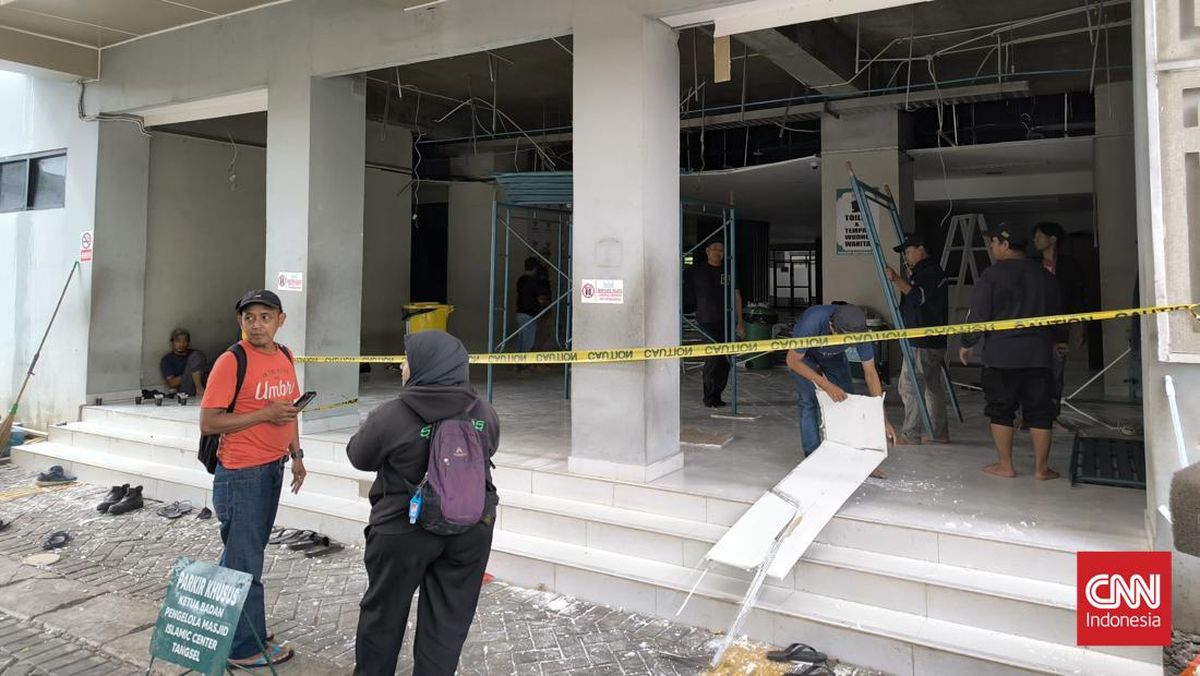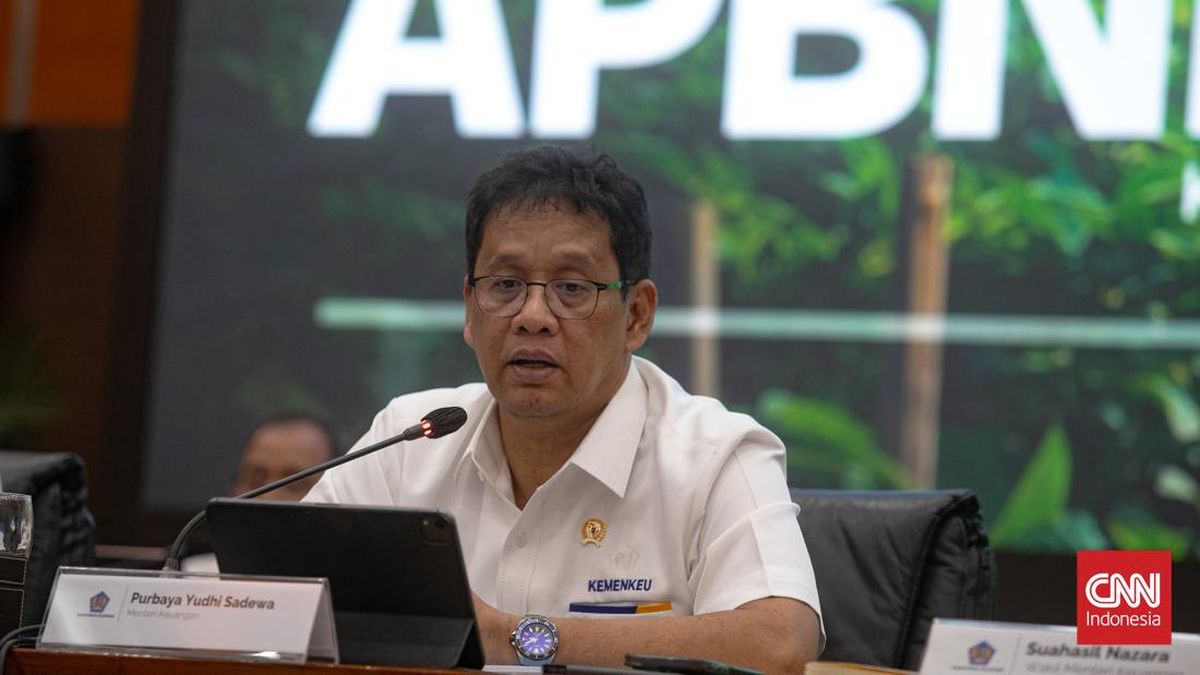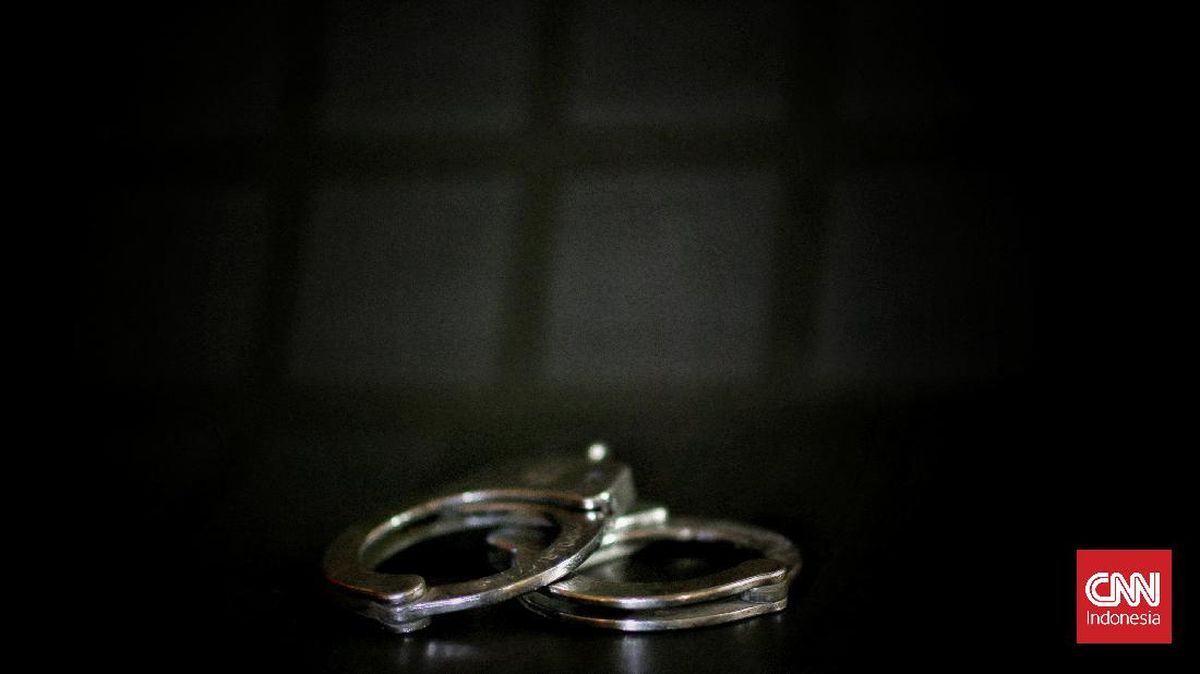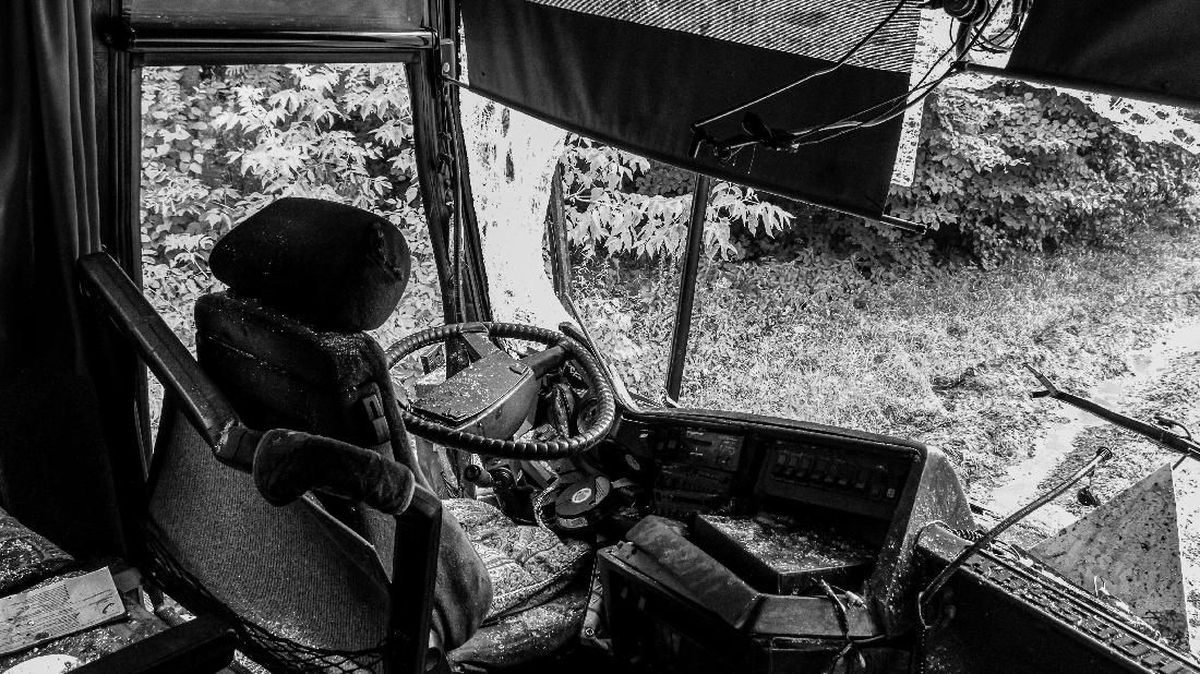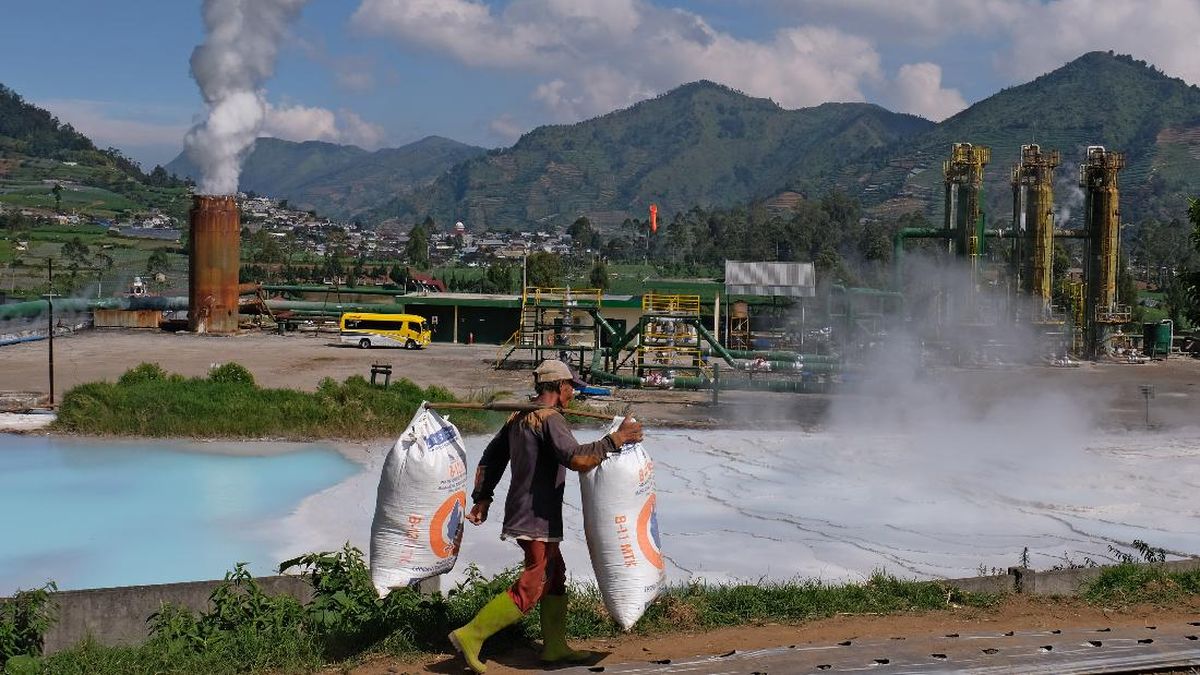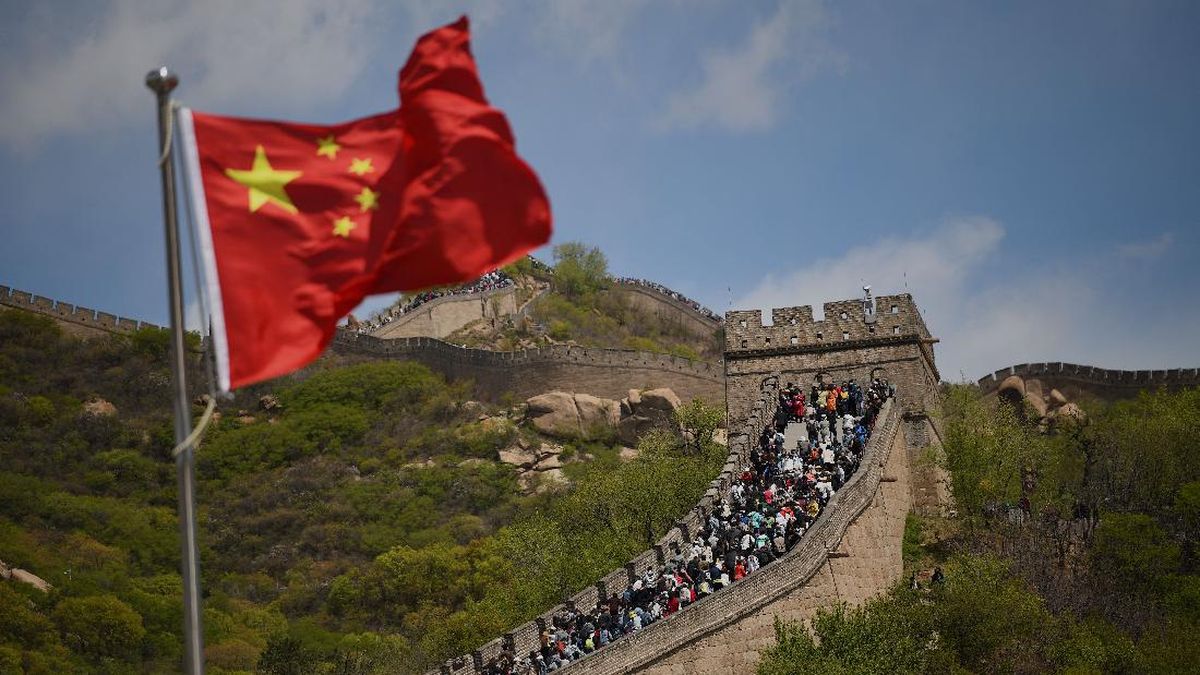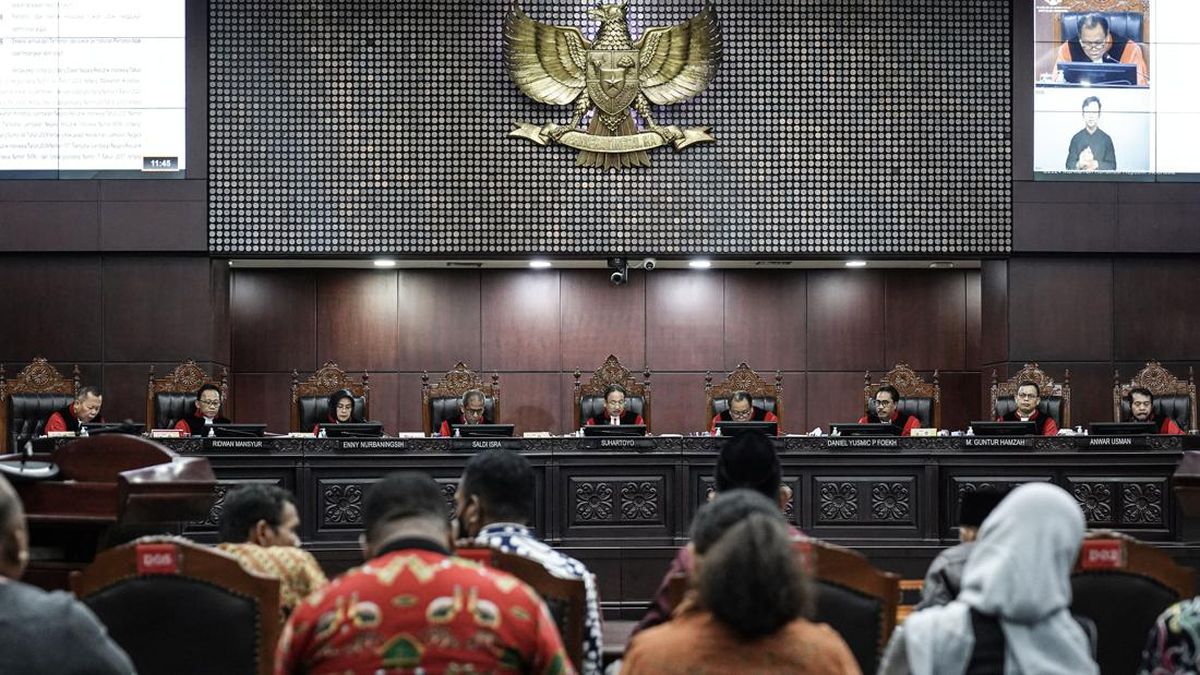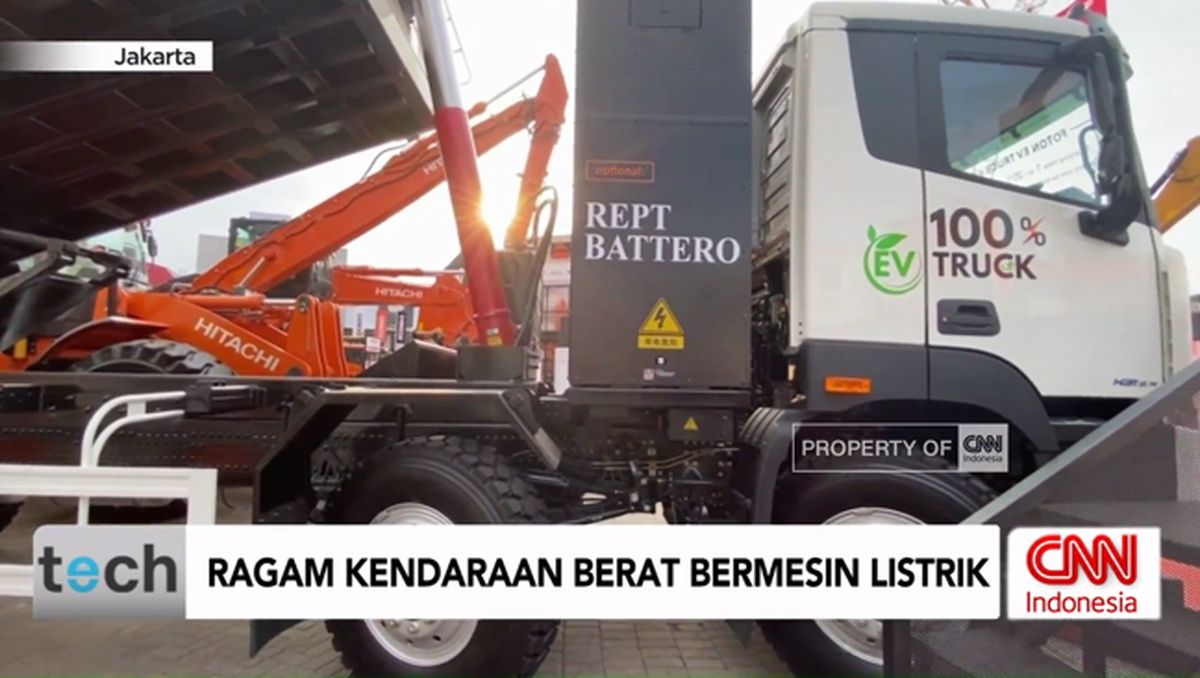In the beginning, Victoria’s south-west coastline was formless and empty, submerged by the ocean. Darkness cloaked the surface of the deep.
Not for long.
The Earth cooled. Far to the south, glaciers formed. The skirts of the ocean were pulled back, revealing a coastline of striped yellow limestone. And then, over a few thousand years, waves and wind did their work, battering the shoreline into a dramatic form of environmental stonemasonry.

A view of the Twelve Apostles, which remains a popular tourist attraction. Credit: Nicole Cleary
Today, we call it the Twelve Apostles – a natural formation that continues to draw millions of tourists from across the country, and the world.
There was a time when at least 13 limestone pillars were part of the natural formation. Five of those pillars now sit below the water, gaining the term the “drowned apostles” by researchers.
The last apostle to drown came crashing down in 2005, leaving just seven standing.
Coastline experts say it is a matter of when and not if the next sea stack crumbles into the ocean.
“I wouldn’t be surprised if one fell down next week,” says David Kennedy, a professor of coastal geomorphology at the University of Melbourne. “I do wonder if I’ll see one collapse each time I visit there.”

Despite their collapsing state, the Twelve Apostles remain a popular tourism attraction. Credit: Nicole Cleary
Anticipation of the next collapse is against a backdrop of debate about whether visitors should be charged to view the natural attraction while surrounding geological wonders remain closed to the public due to concerns about coastal erosion.
Last week, the Great Ocean Road Regional Tourism group and local council called for the introduction of a visitor payment scheme to maintain facilities and help protect the fragile coastline.
The push comes after the state government announced completion of a rooftop structure last month as part of a new $126 million visitor centre being built in a redevelopment of the area. The centre will also include shops, eateries and a garden.
Princetown resident Dion Webber has been flagging concerns about water discharge at the Twelve Apostles and access closures at nearby sites, including Gibson Steps, Loch Ard Gorge and The Arch.
Webber worries that construction work at the Twelve Apostles tourism site is contributing to cliff instability. And he says the closures result in a poorer experience for tourists, who make the trip to the south-west coast, as well as locals.
“It’s terrible to see all this happening,” Webber says.

Dion Webber has been raising concerns with water runoff at the Twelve Apostles site. Credit: Nicole Cleary
Richard Riordan, Liberal MP for Polwarth, which covers the south-west, says the closure of so many of the area’s tourist sites calls into question the value visitors receive, particularly if they will be charged to visit in future.
“This is such a lost opportunity. It’s such an important part of Victoria’s tourism offer,” he says. “Sadly, it’s at risk of being a huge white elephant.”
Riordan says the government spending on the Twelve Apostles redevelopment is not commensurate with the condition of the sites, which he argues have been poorly managed.
However, a state government spokeswoman says the Twelve Apostles redevelopment will transform the destination, ensuring it is safer and easier to experience while encouraging people to stay longer in the region. She says no decisions have been made about charging visitors.
A spokesman for the Great Ocean Road Coast and Parks Authority says Gibson Steps will reopen soon and Loch Ard Gorge is still a great place to visit with a new blowhole lookout now open.
The authority confirmed it is investigating feasibility options for stairs at Loch Ard Gorge. It is also considering the effect of rain and stormwater volume entering the drainage system from the Twelve Apostles visitor centre site.
Asking whether more apostles will fall down misunderstands the landmark, scientists say. They are constantly in the process of eroding and collapsing.
“We are looking at a snapshot in time of 6000 years of the coast retreating,” says Kennedy. “They are a geographical quirk.”
The coastline around Port Campbell was laid down hundreds of millions of years ago, when sea levels were tens of metres higher and the area was a shallow marine bay known as the Otway Basin.
Swarms of shellfish and single-celled protozoans were born, lived and died here, their shells laid down in sediment that eventually became rich yellow limestone.
The sea gradually retreated, no longer sitting atop the rock but now chiselling at its edges.
Some rock is too hard to be eroded, like the shoreline at Wilsons Promontory. Some is so soft it could not support the weight of a stack and crumbles away to a cliff-face, like those at Anglesea.

Loch Ard Gorge where there have been some access closures. Credit: Nicole Cleary
Here, the limestone is just soft enough to weather slowly, but with enough strength to hold up hundreds of tonnes of rock.
“The sea eats at them, and eventually, they fall,” says associate professor Stephen Gallagher, a micropalaeontologist at the University of Melbourne.
The problem is predicting just when that collapse might happen.
“All those sea stacks have cracks in them. They are weaknesses. The sea bashes against them,” says Gallagher. “Eventually, they fail, but you can’t predict when that’s going to happen.”
David Kennedy led a study of the erosion rates of the Apostles between 2004 and 2014. Most are losing 20 to 40 centimetres to the sea a year, but in some areas, the erosion can be measured in metres.
“The highest rates we got were just over 2.5 metres per year,” he says.
Kennedy has a couple of ideas for how the next collapse could be predicted. He has proposed installing seismic monitors on the stacks to try to model their vulnerabilities and the vibrations they experience, or you could scan them with lasers to measure if they were starting to crack.
“It would probably cost around $15,000 – the cost of filling a few potholes on the Great Ocean Road,” he says.
Which will go next? The experts cannot say – but Kennedy nominates the small stack the furthest out to sea, which points like a crooked finger into the ocean, as the most fragile.

Construction works on the new visitor centre at the Twelve Apostles. Credit: Nicole Cleary
He says there are no realistic options to protect one of Victoria’s most popular tourist attractions.
“You could put concrete rings around them, or build a big reef offshore to stop the waves coming in,” Kennedy says. “But you’ve destroyed the landscape - and it’s the landscape setting they occur within that makes them so spectacular.”
Get to the heart of what’s happening with climate change and the environment. Sign up for our fortnightly Environment newsletter.

